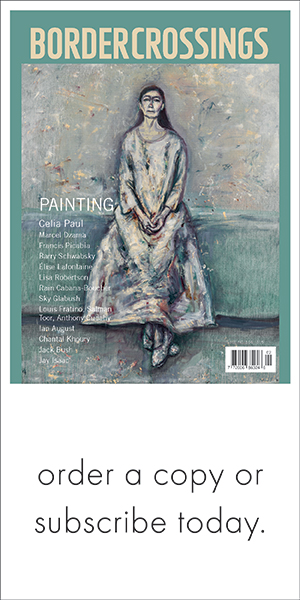This is one book that can be judged by its cover, which features a startling 2012 artwork by the Cherokee painter America Meredith. The image is a playful riff on the jacket of the Beatles album Abbey Road. But instead of world-famous British rock stars striding over the zebra crossing in 1969, we see three Cherokee diplomats who toured London in 1762. The artist’s feat of time travel is both witty and unsettling, raising a host of questions. What are those Cherokees doing there, so far out of place and time? What was—and is—the meaning of their presence at the heart of the British Empire, straddling its rise and fall?
Coll Thrush’s Indigenous London: Native Travelers at the Heart of Europe addresses such questions in a wide-ranging exploration of the 500-year relationship between imperial centre and colonial periphery; between Londoners of all kinds—kings, queens...
Ronald Wright’s Stolen Continents: Conquest and Resistance in the Americas, originally published in 1992, was recently reissued in Penguin Modern Classics. His other books include the Massey Lectures A Short History of Progress (House of Anansi, 2004) and the novel A Scientific Romance (Knopf, 1997). His latest novel, The Gold Eaters (Penguin, 2015), is set during the Spanish invasion of Peru. Visit ronaldwright.com.

